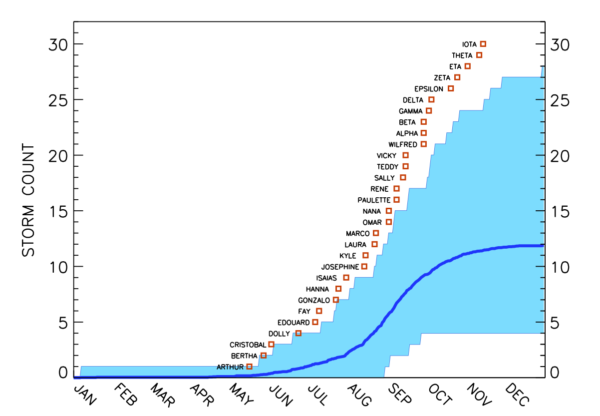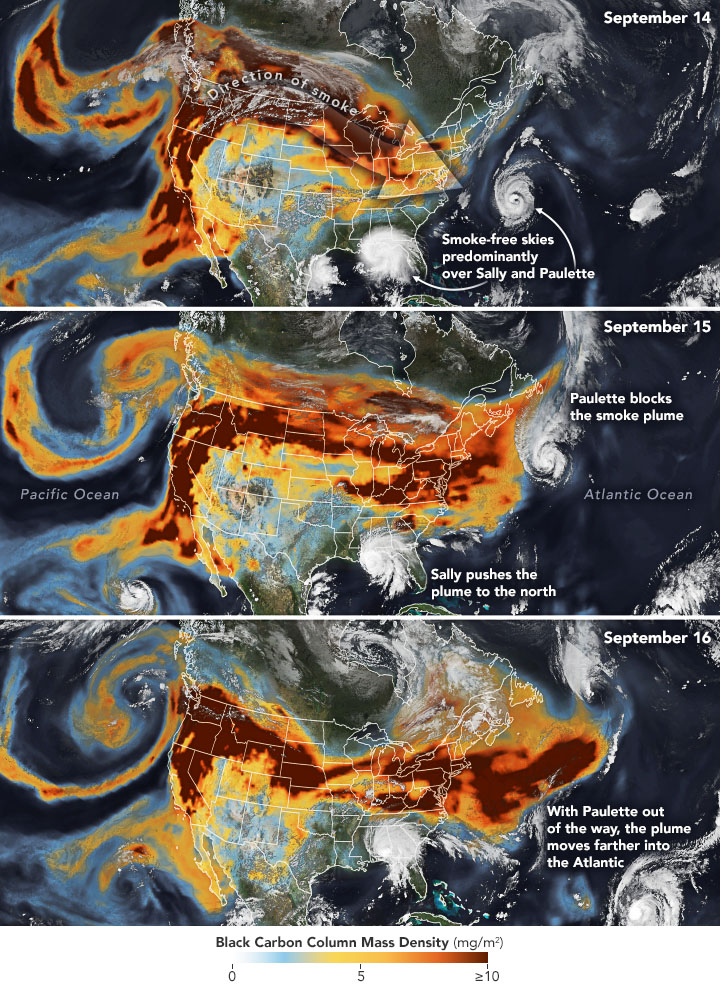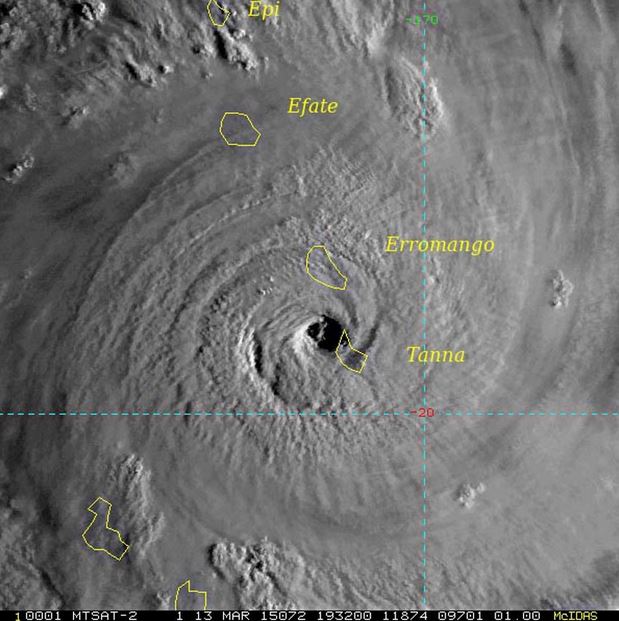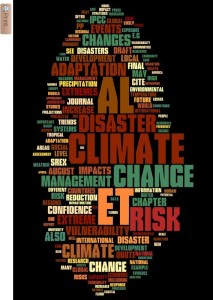By Jim Kossin, Tim Hall, Mike Mann, and Stefan Rahmstorf
The 2020 Atlantic hurricane season broke a number of records, with the formation of an unprecedented 30 “named storms” (storms that reach wind-speed intensity of at least 18 m/s and are then given an official name). The season also started earlier than normal. In fact, when ranked by their order in the season, the date of formation of every named storm, from Tropical Storm Arthur to Hurricane Iota was substantially earlier than normal (Fig. 1).




 The Dvorak Technique has been used for many years at all global tropical cyclone forecast centers and has been shown in many cases to yield a good estimate of maximum TC wind speed, when applied properly
The Dvorak Technique has been used for many years at all global tropical cyclone forecast centers and has been shown in many cases to yield a good estimate of maximum TC wind speed, when applied properly 